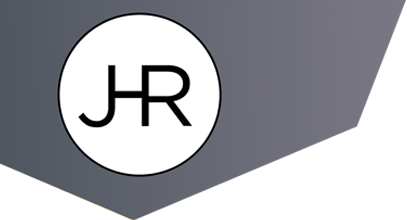If you have an invention and you are weighing your options for patent protection, one of the very first steps to take before you file is to conduct a prior art search. Prior art includes not only patents or patent applications, but anything that is publicly known (products available, articles, blogs, research papers, etc.).
The goal of a prior art search is to find out if your invention is indeed new, novel, and as such, potentially patentable. Additionally, a prior art search:
- Is a lower cost option that can help avoid filing a potentially futile patent application. If you file for a patent without conducting a basic search, you may waste thousands of dollars on an application for an invention that already exists or one that would only have narrow protection (potentially worthless). It’s most often a better idea to first conduct a prior art search so you have a solid idea if your patent is worth pursuing.
- Will allow you to make adjustments before you file. If your search returns prior art that shows something similar to what you wish to patent, but you feel you can refine your invention so that it covers something that has not already been done, making these adjustments before you file will lower costs in the long run and result in a more valuable patent.
While you can conduct a basic prior art search on your own, you’ll likely want to work with an attorney or a patent searcher for this part of the process. Some patent attorneys subscribe to databases that provide them with prior art results that you may not be able to access. If you want to get a basic idea of what is out there, you can use the following online resources to conduct a search:
- USPTO Patent Full-Text and Image Database (PatFT). Inventors can search the USPTO’s patent database to see if a patent has already been filed or granted that is similar to your patent. You can access the database and tutorials on the USPTO website here: https://www.uspto.gov/patents-application-process/search-patents
- Google’s Patent Search. Google has a free and user-friendly database to search for existing patents. You can access the site at https://patents.google.com/advanced.
Finally, it’s important to keep in mind that the results of your prior art search, even if conducted by an attorney, may not be complete and do have a shelf-life. There’s always the possibility that prior art is out there or can surface post-search that can derail your application. There may be another already using the same invention somewhere, but never filed a patent application or posted public information and therefore would be absent from any database. Likewise, a patent similar to yours may have been misclassified in the database and therefore did not show in search results. Your attorney will be prepared for these possibilities and can help you navigate any road bumps if they arise.
If you have further questions or you would like help conducting a comprehensive patent search for your invention, please contact our patent attorneys at 888-666-0062 to schedule a consultation.
DISCLAIMER: The information contained in this article is for informational purposes only and is not legal advice or a substitute for obtaining legal advice from an attorney.





